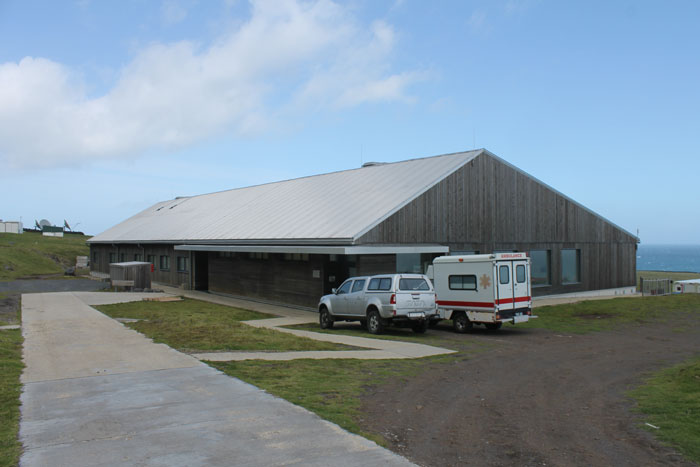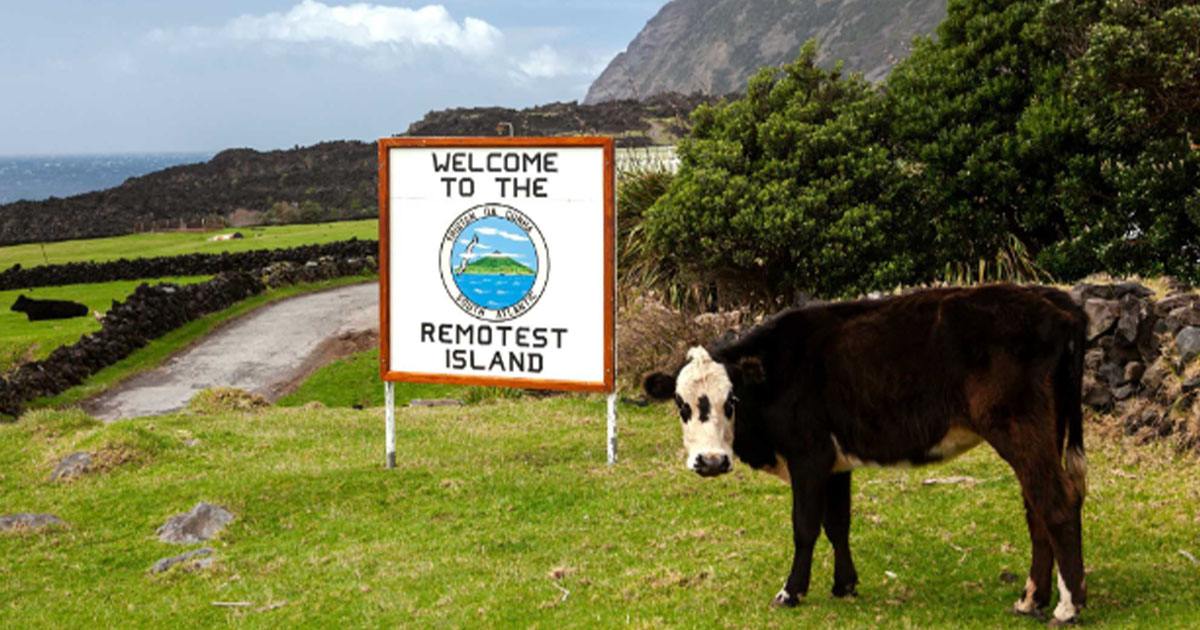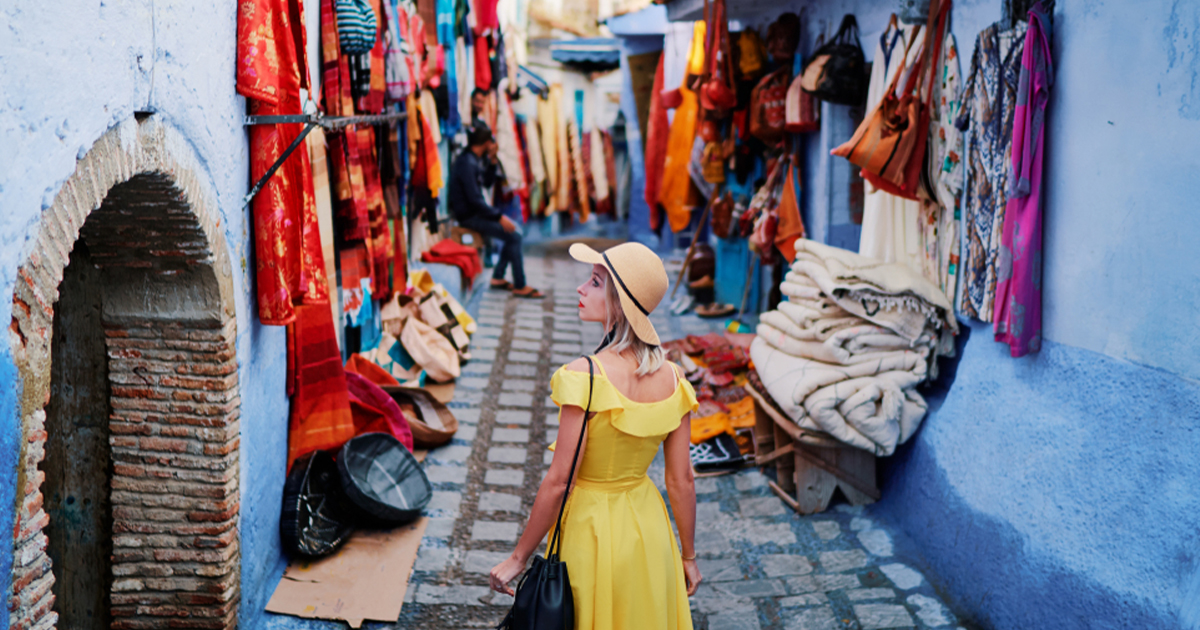Tristan da Cunha: The World's Most Remote Inhabited Island
Way out in the South Atlantic Island is a tiny speck of land that is known as one of the most remote inhabited places on Earth, Tristan da Cunha.
The island is thousands of miles away from its nearest neighbor, and yes, it is inhabited. How could people survive way out there all alone?
Aside from its remote location, the isolated island is full of rich history, a close community, and a unique way of life that intrigues us all.

Location
The island of Tristan da Cunha is located over 2,400 kilometers (1,500 miles) from its closest neighbor—Saint Helena. It is a whopping 2, 816 kilometers (1,750 miles) from South Africa.
The island forms a part of a small group of islands that include many uninhabited islands like Nightingale and Inaccessible Island.
Size and Topography
 Tristan da Cunha Official Website
Tristan da Cunha Official Website
Tristan da Cunha covers an area of 98 square kilometers (38 square miles). Most of the island is covered by an active volcano known as Queen Mary’s Peak. The volcano stands 2,062 meters (6,765 feet) high.
It has erupted many times, but the most notable time was in 1961 which lead to a complete evacuation of the entire island to England.
The people were only able to return to their homes two years later after all volcanic activity had subsided.
The volcano provides fertile soil that supports agriculture, and influences local weather patterns. It’s also widely supported by scientists from all over the world who study isolated volcanic activities and their repercussions.
History
The island was discovered in 1506 by a Portuguese Explorer named Tristao da Cunha. He named the island after himself, even though he never actually landed on it due to its rugged coastline.
The island stayed untouched until the 19th century when the British annexed it, and used it to ward off any French attempts to rescues Napoleon from his exile in Saint Helena.
Slowly, more people came across the island—including shipwreck survivors and American whalers—and a small community was established.
Inhabitants
Tristan da Cunha currently has about 250 residents. The entire population primarily lives in the island’s only settlement, Edinburgh of the Seven Seas.
There is no airport on the island. Residents and supplies come by boat. This journey takes approximately seven days from South Africa.
The local inhabitants can all trace their lineage back to a handful of initial settlers. Each of those pioneers came from different parts of the world, so today’s residents predominately carry one of seven surnames: Glass from William of Scotland (1816), Swain from Thomas of England (1826), Green from Peter of Holland (1836), Rogers and Hagan both from the U.S. (Thomas in 1836 and Andrew in 1849, respectively), and Repetto and Lavarello from Italy (Andrea and Gaetano, both in 1892).
Aside from the long-time residents, the island temporary houses guests like an Administrator, a Doctor, and their families. Most professionals stay for a few weeks to a few months at a time.
Can Anyone Move to the Island?
No, people cannot simply move to Tristan da Cunha. There are strict immigration policies for the island.
The local council must approve any long-term stays. Applications for residency are only considered from people who have familial ties to current island residents, or people who have essential skills needed by the community.
The immigration policies remain strict due to the fact that the island has limited resources. The isolated nature creates an on-going desire to maintain their close-knit community.
Culture
 Brian Gratwicke, Wikimedia Commons
Brian Gratwicke, Wikimedia Commons
Due to the small population, everyone knows each other. The community is very close.
The official language of the island is English, and the British pound is used as currency. The island has its own radio station, and a monthly newsletter called “The Tristan Times.”
There is no property ownership on the island since they live with a strong sense of community, so everyone takes care of each other. The island is communally managed, and many of the residents are involved in farming and fishing.
Given its small population size, the island members have their own dialect and a few unique traditions. For example, potato patches outside the main village are an essential aspect to their culture, and one is given to each family for cultivation.
Economy
Tristan da Cunha is very much self-sufficient, given its isolation. The rely on farming and fishing, with potatoes being a primary crop.
Fishing, particularly for crawfish or lobster, is a huge part of the island’s income. The catch is frozen and exported to Japan and the United States.
Also, the island sells postage stamps to international collectors—which is a common practice among remote territories.
The island receives financial support from the UK government. Tourism exists to a degree, but its limited due to the island’s inaccessibility.
Infrastructure
 Tristan da Cunha Official Website
Tristan da Cunha Official Website
The island does have basic infrastructure in place for law enforcement and healthcare, but its important to note that the scale and context of these services is greatly different given the island’s remote location and small population.
Law enforcement: The island has one police officer. They refer to them as the island’s “Inspector of Police.” This one officer is responsible for maintaining the law and order on the island.
Given the small community, serious crimes are extremely rare.
Healthcare: There is a small medical facility on the island called the “Camogli Healthcare Center”. It is equipped to handle basic medical needs. There is typically one resident doctor stationed on the island, and a few medical staff to support them.
Complicated medical needs and emergencies, patients are evacuated to South Africa, thousands of miles away.
Given the distance to additional medical care, it is crucial for island residents to maintain good health and take preventative measures against injury.
Significance
Aside from how remote the island is, Tristan da Cunha is ecologically significant. The island waters are full of various marine life, and the group of nearby islands have been recognized as an Important Bird Area.
Evolutionary biology and the volcanoes activity are both of major interest to geologists.
Final Thoughts
Tristan da Cunha truly highlights human adaptability and resilience. Despite the challenges of isolation, the island’s residents have built a thriving community.
For curious travelers, the island continues to be one of the last unexplored communities in the world, offering perspective into a unique way of life unlike any other.














